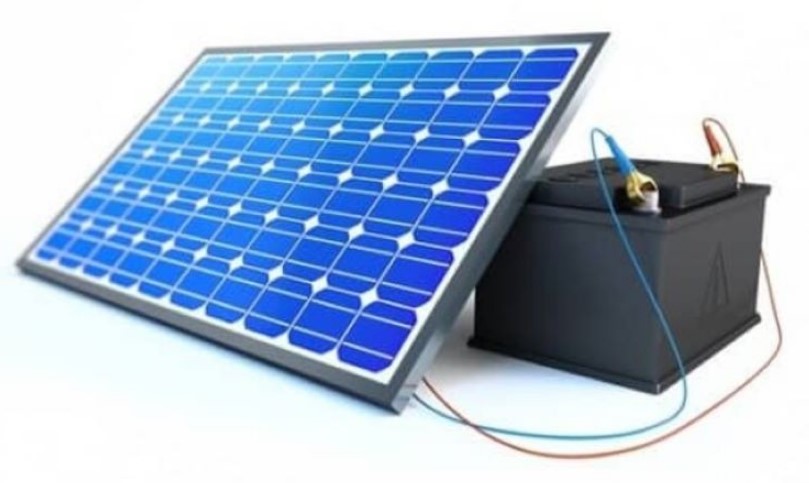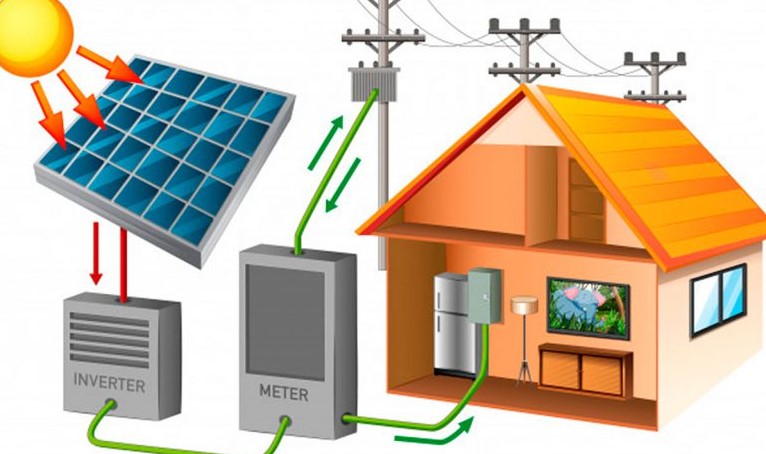Solar Energy
Is it worth installing a solar energy system at home? Part 3
This post is a continuation of the article Is it worth installing a solar energy system at home? Part 2.
Here, we will analyze which of the solutions we proposed to address the disadvantage of the solar system not being able to meet the electrical demand at certain times is the best to consider.
Then, we will continue to analyze the remaining disadvantages of the solar system and propose solutions.
Analysis of the proposed solutions to the situation when the solar energy system cannot generate sufficient electricity during peak hours of home electrical demand

In order to understand this approach, we invite you to read the post Is It Worth Installing a Solar Energy System at Home? Part 2.
Now we proceed to analyze each proposal:
1.- Installing a hybrid photovoltaic system, in this case, you will continue to pay electricity bills, although with a lower amount due to energy savings.
You will also not be completely independent from the commercial grid, so you will still be affected by power outages and electric crises.
By being connected to the electrical grid, you will have the possibility to sell your excess electricity to the utility company by feeding it back into the system. However, we would like to point out that this is not as profitable as it used to be.
2. Changing consumption habits is a very good option; however, it is not feasible for everyone since this involves significant additional expenses for acquiring modern equipment.
This amount of money needs to be added to the cost of the solar energy system, which will extend the payback period of the investment.
3. Adding a solar battery system to the solar energy installation is a solution that involves incorporating batteries into the system, leading to a substantial increase in its cost and the inclusion of a fixed cost for battery replacement when needed.
However, this cost depends on various factors such as the quality of the purchased batteries, brand, lifespan and others. In our post titled The battery and its generalities, we provide more detailed information about these components.
What is the best solution?

In reality, you cannot select a proposal in an absolute manner, as it depends on the user’s needs and preferences.
However, if what you desire is a system that provides you with complete independence from the commercial power grid, with energy availability at any time, and you are willing to use low-consumption equipment, then your best option is 2.
It’s important to understand that a solar energy system by itself isn’t always effective since electricity generation depends on climatic factors.
Even though the cost of batteries increases the overall investment, this increment is relatively small compared to the benefits they provide.
You should know that the lifespan of a solar battery is about 1500 to 2000 charge and discharge cycles. Which is equivalent to approximately 3 to 4 years, depending on usage.
In the article Batteries in solar systems, we will discuss this equipment in more detail. We assure you it will be very interesting!
Finishing up
Here concludes this article, which will continue in our next post Is It Worth Installing a Solar Power System at Home? Part 4, where we will continue analyzing the disadvantages to provide our perspective on whether having a photovoltaic system at home is worth it.
If you’re interested in learning more about the fascinating world of solar energy, don’t miss out on the content we have published for you on energydcac. Our content is designed to be easily understood, even if you don’t have prior knowledge in the field.
If you enjoyed this article, let us know in the comments. Similarly, if you have any questions, we’ll be happy to answer them. Just visit the Contact page to reach out.
Image sources
- energyacdc.com
- oa.upm.es

